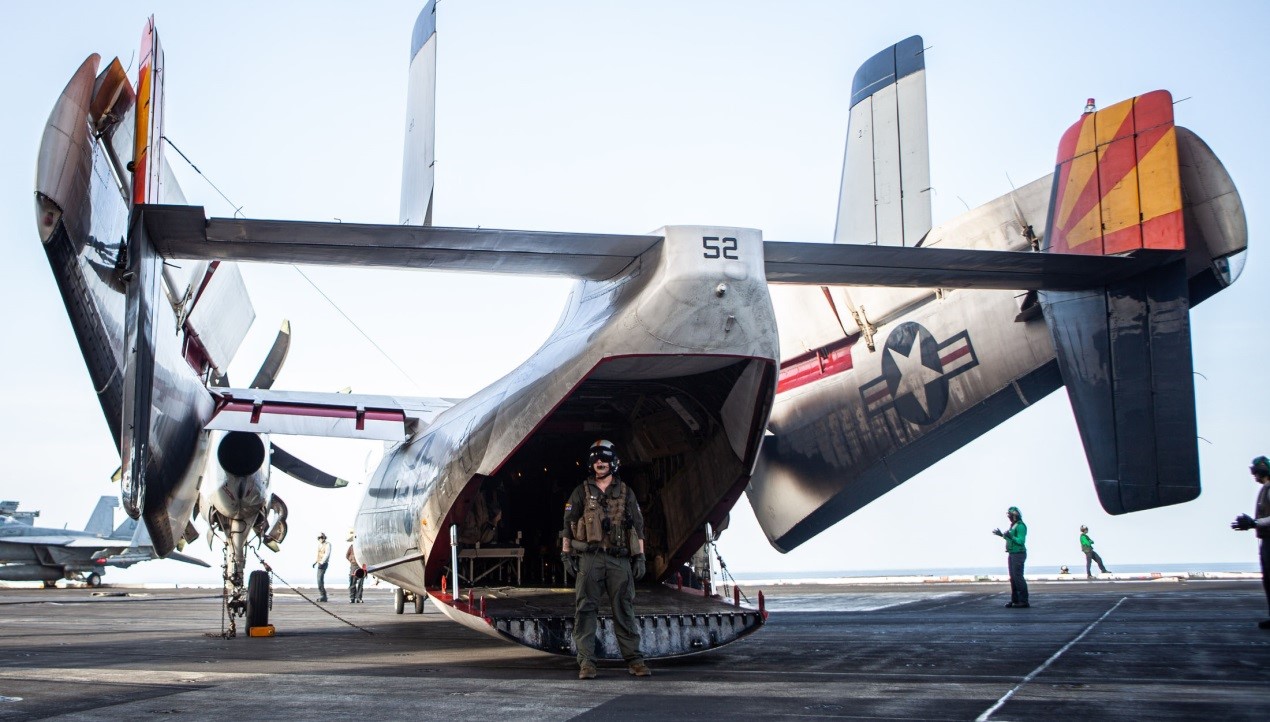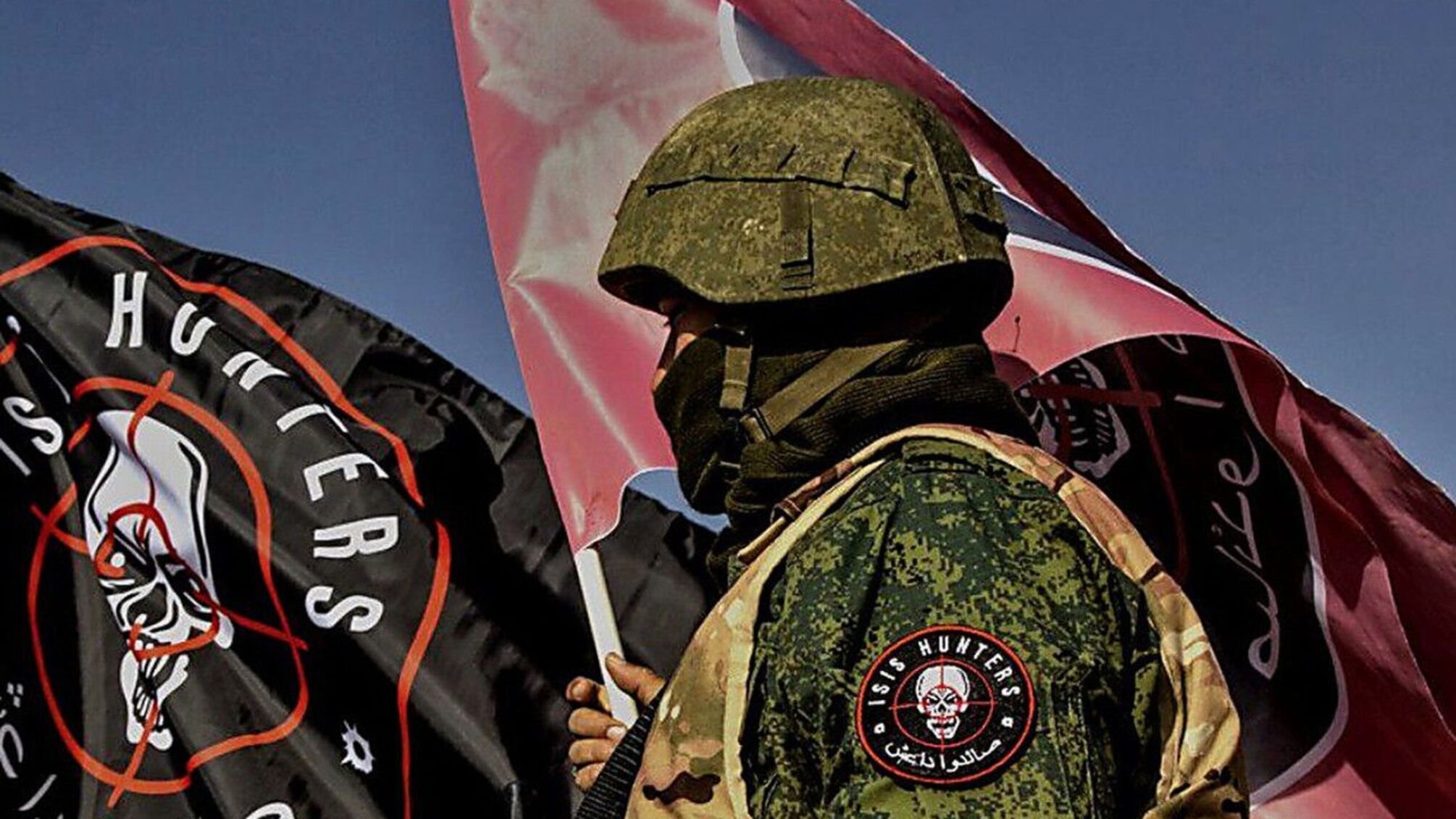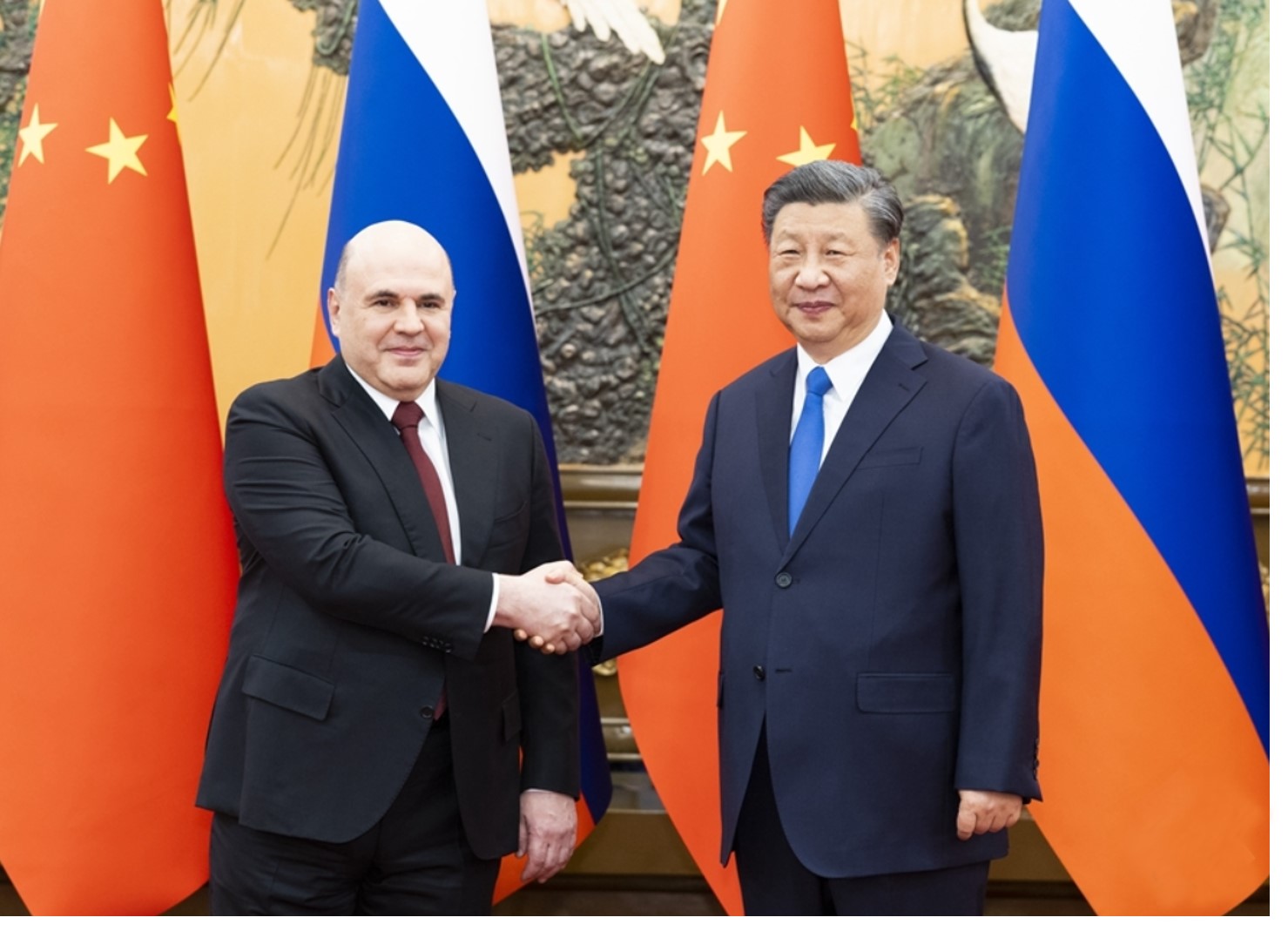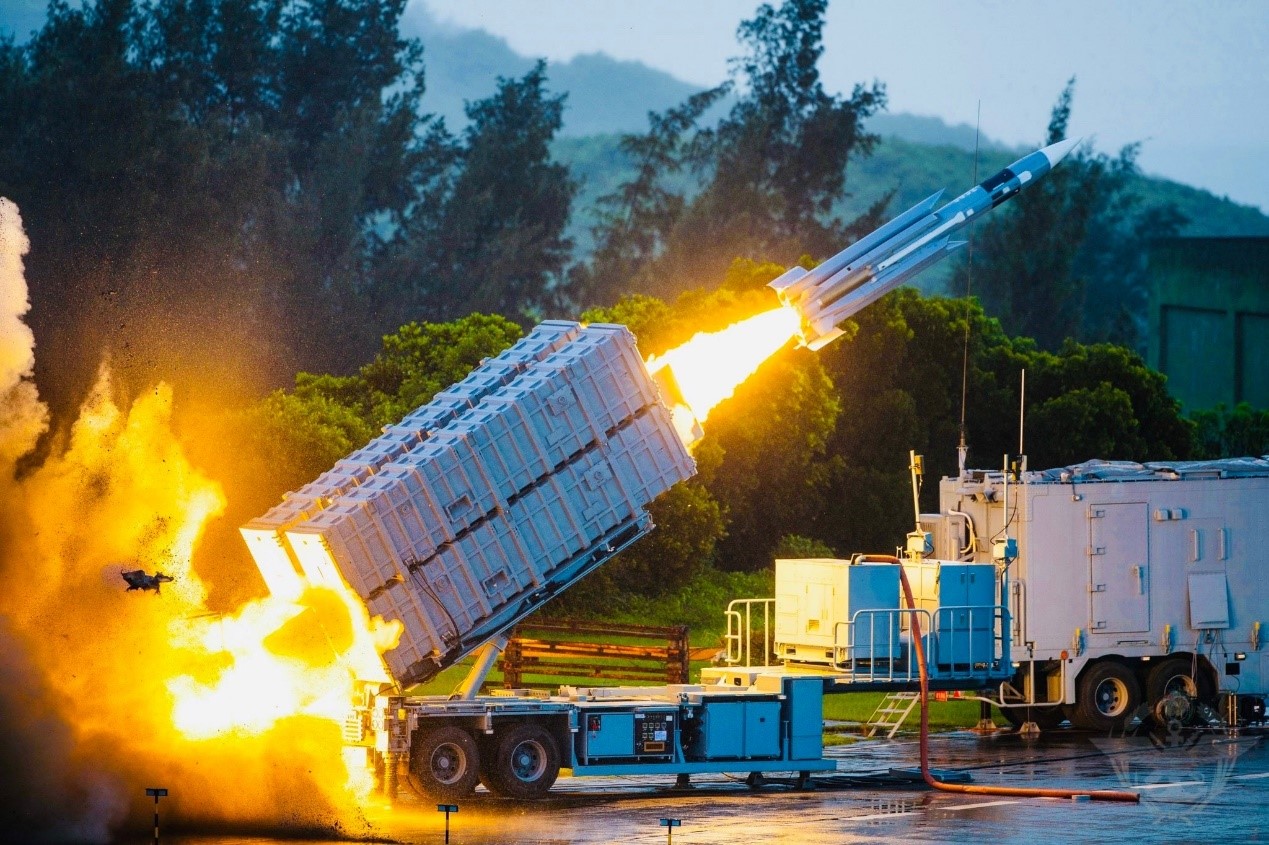The NATO Summit that took place on July 11-12 in Vilnius, Lithuania, was set against the backdrop of Russia’s ongoing illegal war in Ukraine, its global implications, and escalating Western concerns regarding the People’s Republic of China’s (PRC) aggressive policies domestically and internationally. Picture source: NATO, “Meeting of the NATO-Ukraine Council at the level of Heads of State and Government, with Sweden,” July 12, 2023, NATO, https://www.nato.int/cps/en/natohq/photos_217002.htm.
Prospects & Perspectives No. 43
After Vilnius: Key Take-Aways from the NATO Summit
By Balkan Devlen
The NATO Summit that took place on July 11-12 in Vilnius, Lithuania, was set against the backdrop of Russia’s ongoing illegal war in Ukraine, its global implications, and escalating Western concerns regarding the People’s Republic of China’s (PRC) aggressive policies domestically and internationally. While the anticipation and expectations were high, the outcomes presented a nuanced picture of promising beginnings, steady progress, and disappointments. In this article, I will explore the five key takeaways from the Summit, presented below in no particular order:
1. Ukraine’s Membership Dilemma: Ukraine’s future membership in NATO has been the cause of a disagreement among the allies. On the one hand, the US and Germany exhibited reluctance to provide a definitive timeline or clear invitation, while others, including Poland, the Baltic states, the UK, France, and Canada, advocated for concrete commitment. This division is not a mere diplomatic wrangle but reflects deeper geopolitical concerns and differing assessments of Russian reaction to a formal membership invitation to Ukraine. The lack of consensus, highlighted by President Zelensky’s public frustration with NATO’s indecision, showcased not only a communication breakdown between the US and Ukraine but also lingering reservations among some Allies and Ukraine’s frustration. Yet, a silver lining emerged in the Summit communique, even though awkwardly worded (“...when Allies agree and conditions are met.”), affirming a fast-track process that drops the Membership Action Plan (MAP) for Ukraine. This document is now the baseline and it will be very hard for any ally to insist on additional requirements for Ukraine’s membership in the future. A more clear timeline and a formal invitation may materialize during NATO’s 75th-anniversary celebration in Washington in 2024. The establishment of the NATO-Ukraine Council also signifies a step forward in integrating Ukraine more closely with the Alliance.
2. Reaffirmation of Defence and Deterrence: With the approval of regional defence plans (North - including Arctic, Central, and South) aimed at shielding Allies from Russian aggression and the reaffirmation of the increase in NATO Response Forces (NRF) from 40,000 to 300,000, defence and deterrence are firmly back on NATO’s agenda. These plans are more than symbolic gestures; they signal a return to NATO’s core purpose. However, the challenge of practically implementing such a substantial increase remains significant. Achieving this will require not only strategic creativity but also substantial investment and possibly the realignment of existing military resources.
3. A Focus on Defence Production: The Summit’s approval of a new Defence Production Action Plan, aimed at enhancing defence production, boosting defence industrial capacity, and interoperability, signalled a renewed commitment to resource readiness. Russia’s war in Ukraine served as a stark reminder of the resource-intensive nature of major conflicts. To be blunt, one needs lots and lots of ammunition and delivery systems for those ammunitions in order to sustain fighting beyond a couple of weeks that involve regional powers, let alone major powers. Most NATO allies only have critical ammunition stocks such as 155mm artillery shells that will last from a few days to a few weeks in a conflict that is similar to the Russian war in Ukraine in intensity. Decades of underinvestment (except the US) in key defence capabilities and anemic defence spending left most European allies vulnerable in the face of Russian revanchism. The challenge now lies in how European Allies can transcend nationalistic concerns about their defence industries to significantly augment production capacity and streamline systems in order to develop a robust defence production base that reflects the changing nature of geopolitics, in Europe and beyond.
4. Commitment to Defence Spending: The Vilnius Summit reinforced the understanding that spending 2% of GDP on defence is a minimum requirement, a floor rather than a ceiling. The metric that was agreed back in 2014 may not be perfect; however, it does capture an important political commitment to be serious about defence, not only of oneself but also of one’s allies. The renewed commitment to treat 2% as a floor also reflected how much the geopolitical landscape changed in the past few years, with major allies such as Germany announcing clear pathways to getting to the target - something that was unthinkable only five years ago. Failure to meet this threshold could lead to ramifications in the medium to long term, sending a strong message to countries lagging behind, like Canada, that defence spending is a non-negotiable commitment rather than a discretionary choice.
5. China’s Growing Prominence in NATO’s Agenda: While Ukraine’s membership drew headlines, the final communique’s emphasis on China’s increasingly coercive policies underscored a growing concern among Allies. The communique devoted several paragraphs to China and the Indo-Pacific. The attendance of AP-4 (Australia, New Zealand, Japan, and South Korea) for the second time in a row highlighted the increasing significance of the partnerships in the Indo-Pacific in NATO’s strategic calculus. Nevertheless, the varying assessments of the PRC’s aggressive actions in the Indo-Pacific among Western European allies indicate that not all members are ready to take a firm stance. A unified strategy and clearer commitment to the region are still lacking, and the challenge remains to translate concern into coherent policy.
The question remains: How will NATO align its various members to deal with a belligerent China? Balancing economic interests with security concerns is a complex puzzle that NATO members must solve.
In conclusion, the NATO Summit in Vilnius revealed a complex mosaic of progress, contention, and unresolved issues. While significant strides were made in areas like defence production and spending, the unresolved questions around Ukraine’s membership and a unified stance on China continue to challenge the Alliance. For the Indo-Pacific region, and particularly for Taiwan, the Summit provides valuable insights into NATO’s evolving priorities and the potential role that the region may play in the Alliance’s future strategy. The Vilnius Summit was an important summit that can be seen as the natural conclusion of the decisions taken at the Madrid Summit in 2022. The world will be closely watching how the Washington Summit in 2024 will address these lingering questions and whether the Allies will be able to come to a consensus on these thorny issues.
(Dr. Balkan Devlen is the Director of the Transatlantic Program at the Macdonald-Laurier Institute in Canada.)














